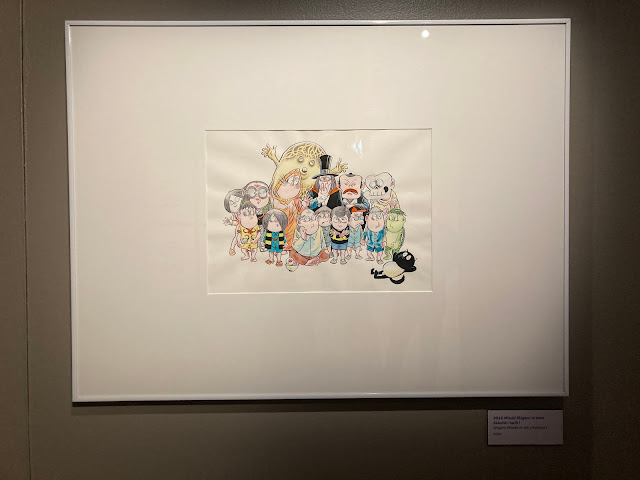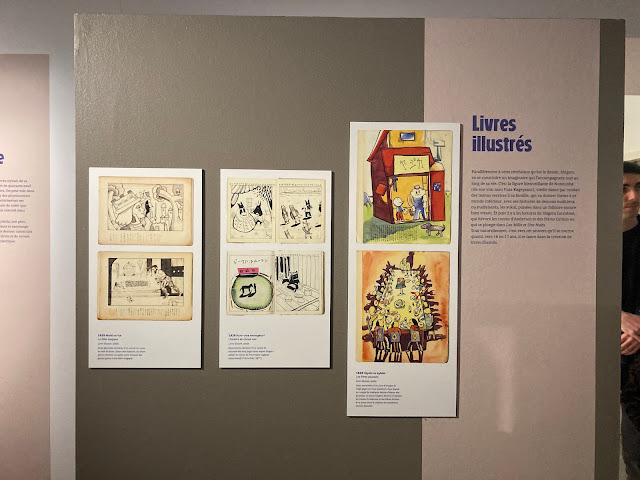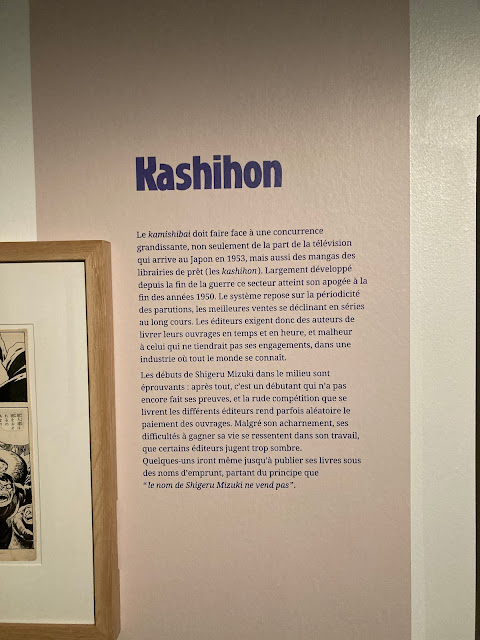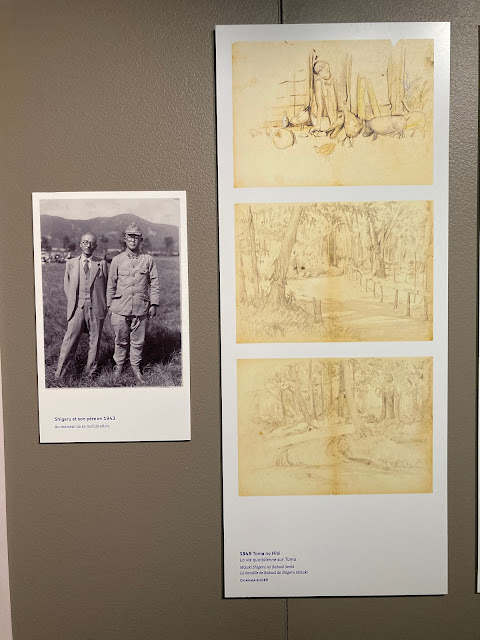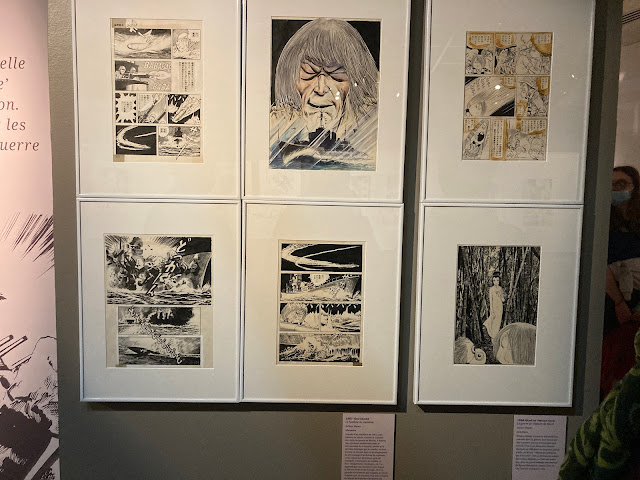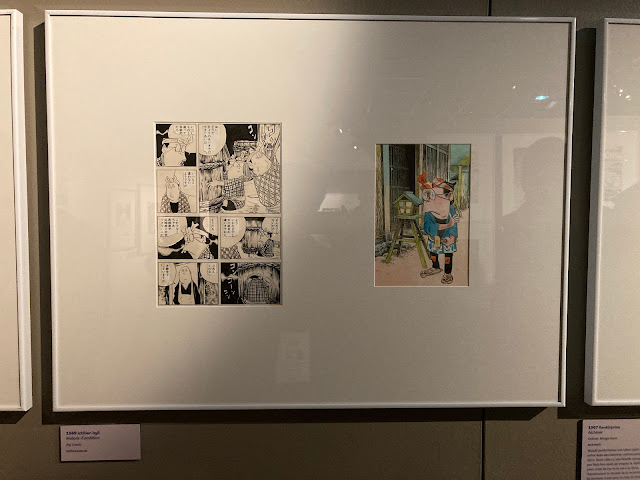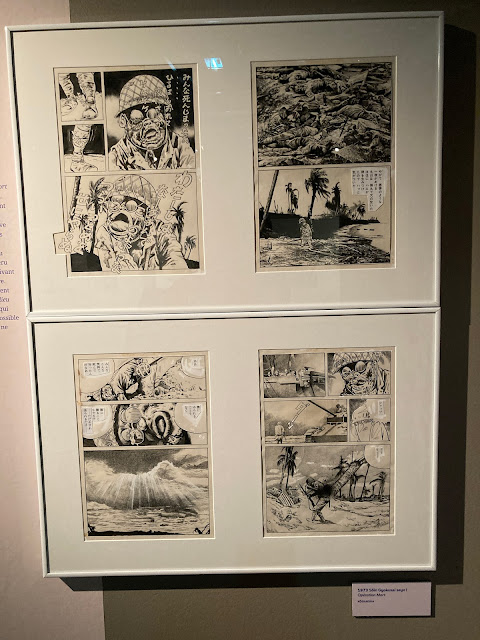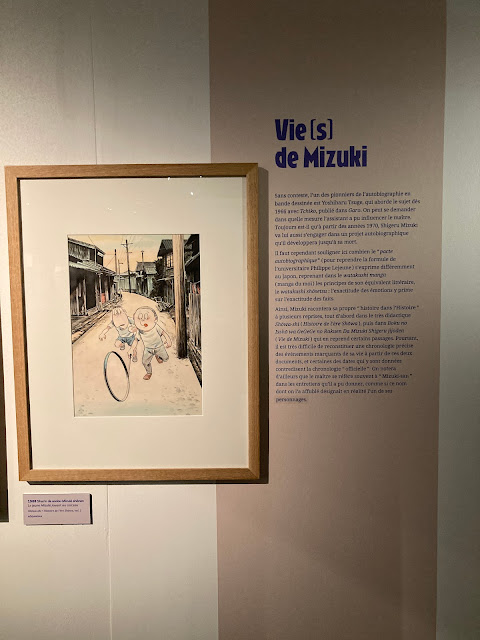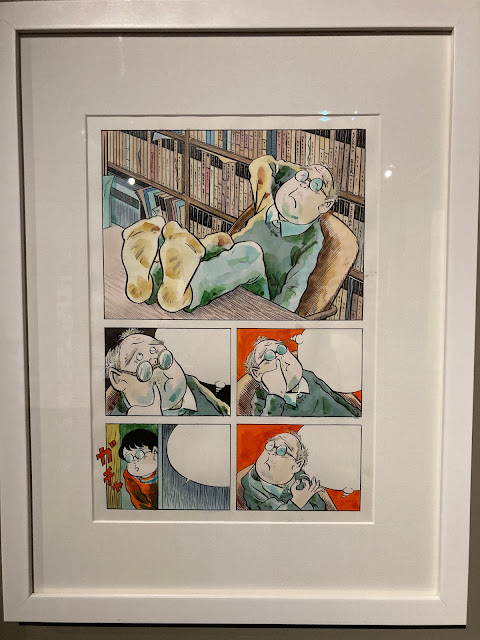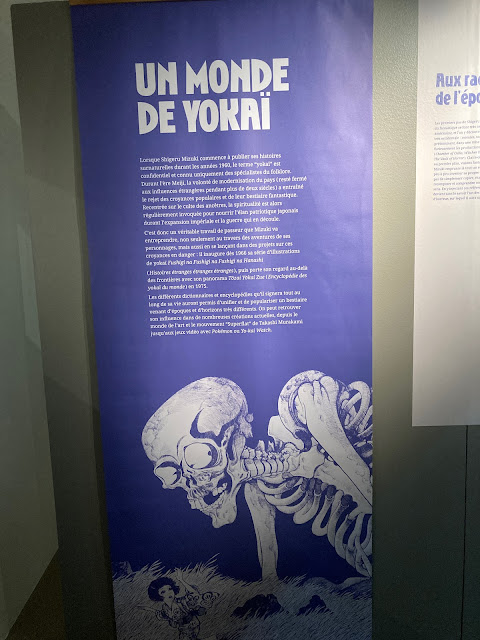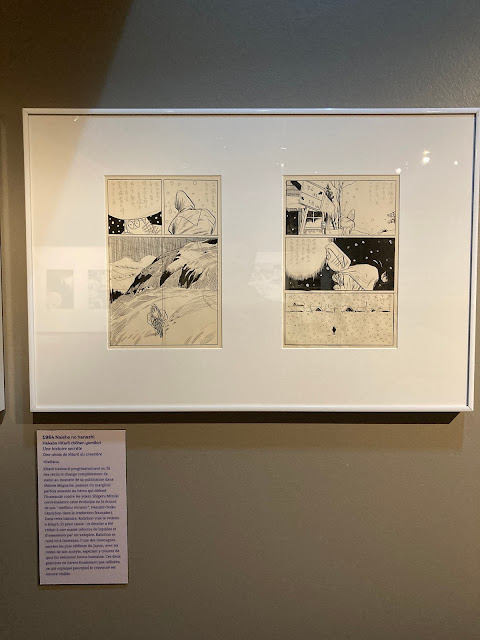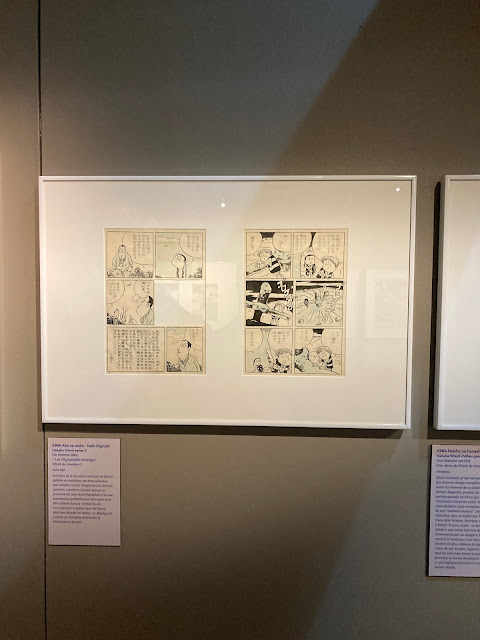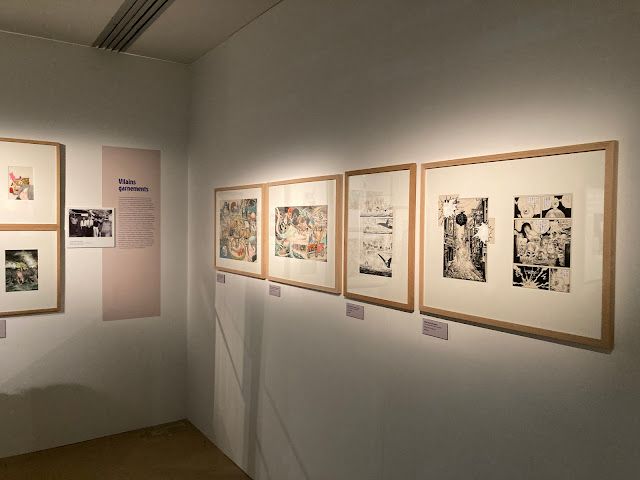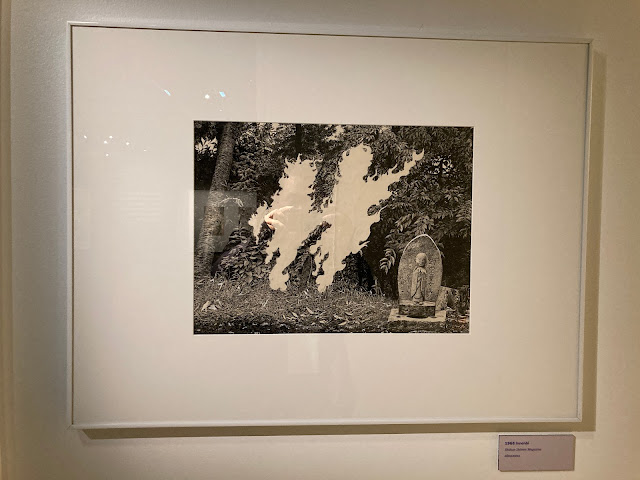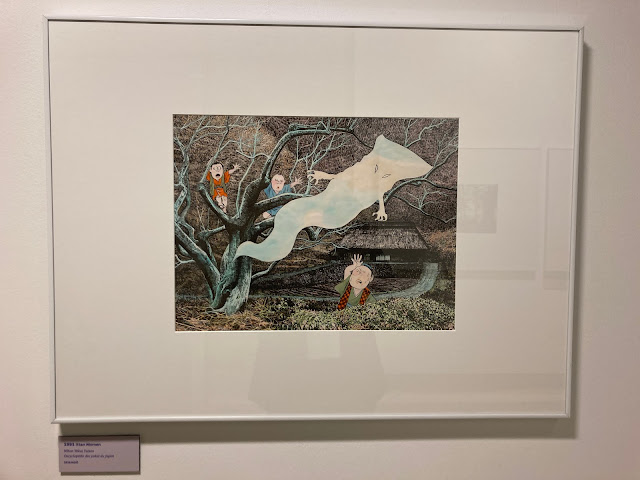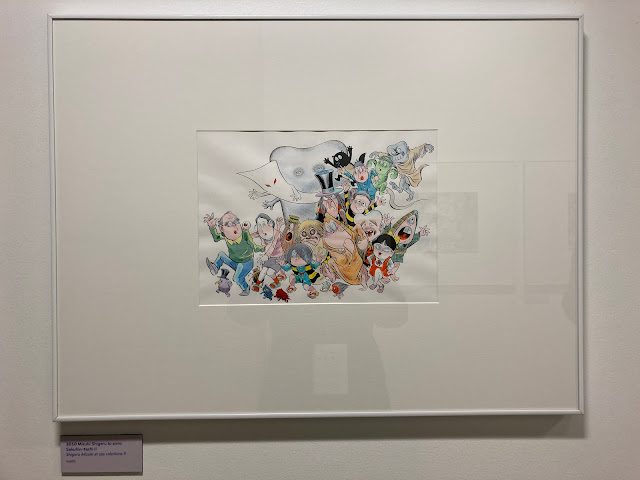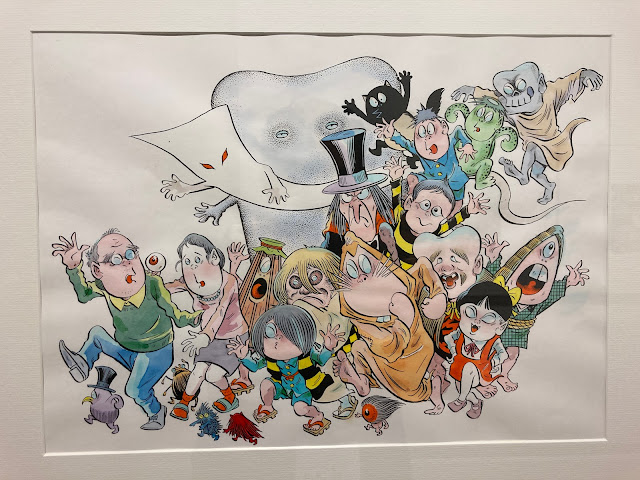Shigeru Mizuki, contes d'une vie fantastique. Léopold Dahan and Xavier Guilbert. Angoulème. Musée d'Angoulême. 17 March - 3 April 2022.
In recent years, the Angoulême International Comics Festival has made a tradition to dedicate space in the Musée d'Angoulême for an exhibition spotlighting the work of a patrimonial mangaka. Since launching this practice in 2017, visitors have been generously treated to career overviews of masters such as Kazuo Kamimura, Osamu Tezuka, Taiyo Matsumoto, and Yoshiharu Tsuge. For 2022, the festival leaped on the opportunity to include Shigeru Mizuki inside the Angoulême pantheon with a grand retrospective exhibition on the occasion of his centenary.
Enriched with over 200 pieces of original artwork and documentation, curators Léopold Dahan and Xavier Guilbert set out to (re)introduce the work and life of the winner of the Festival’s Best Album in 2007 (for NonNonBâ, a manga about the life of an old superstitious woman obsessed with the supernatural creatures of Japanese folklore known as “yōkai”). Their exhibition, whose full title translates as “Shigeru Mizuki, Tales of a Fantastic Life”, is structured along three distinct axes that are organized sequentially in a narrative that physically snakes through the modest installation room.
The first section covers Mizuki's early biography and its relationship to the development of his artistic style - a juxtaposition of a cartoony expressivity in his characters and the quasi-documentary precision in his rendering of natural decor. The second section continues with Mizuki's biography leading to his military service in the Second World War and the singular effect that first-hand experience had on his work as seen through the lens of genre (war and horror, in particular). The exhibition closes with an explosion of exquisite color illustrations of Mizuki's world of yokai, which suggests a very personal visual universe that memorializes a fading folkloric Japanese tradition.
There is a lot to take in with this exhibition at a visual, cultural and historical level, and the tightness of the space assigned to the exhibition accentuates the density of its presentation. A beautifully edited catalog collects the entirety of the exhibition, elaborating on the presented text alongside beautiful reproductions of the original artwork.
-Nick Nguyen
All photos taken by Nick Nguyen
Photos are organized in an attempt to present a visual chronology of the exhibition installation as experienced in a sequential walkthrough.

 |
| "I
wanted to try to make children's books based on the fairy tales by the
Brothers Grimm or Hans Christian Andersen. For several days I locked
myself in my bedroom." |
 |
| "I stayed in the army for four years, which seemed to me to last forty." |
 |
| "The genre that we call "war manga" does not exist in Japan. Or else we have to call them 'fantastic war manga'." |
 |
| "When I listened to the stories of Nonnonbâ, it was as if the spirits of my ancestors penetrated into my heart." |





